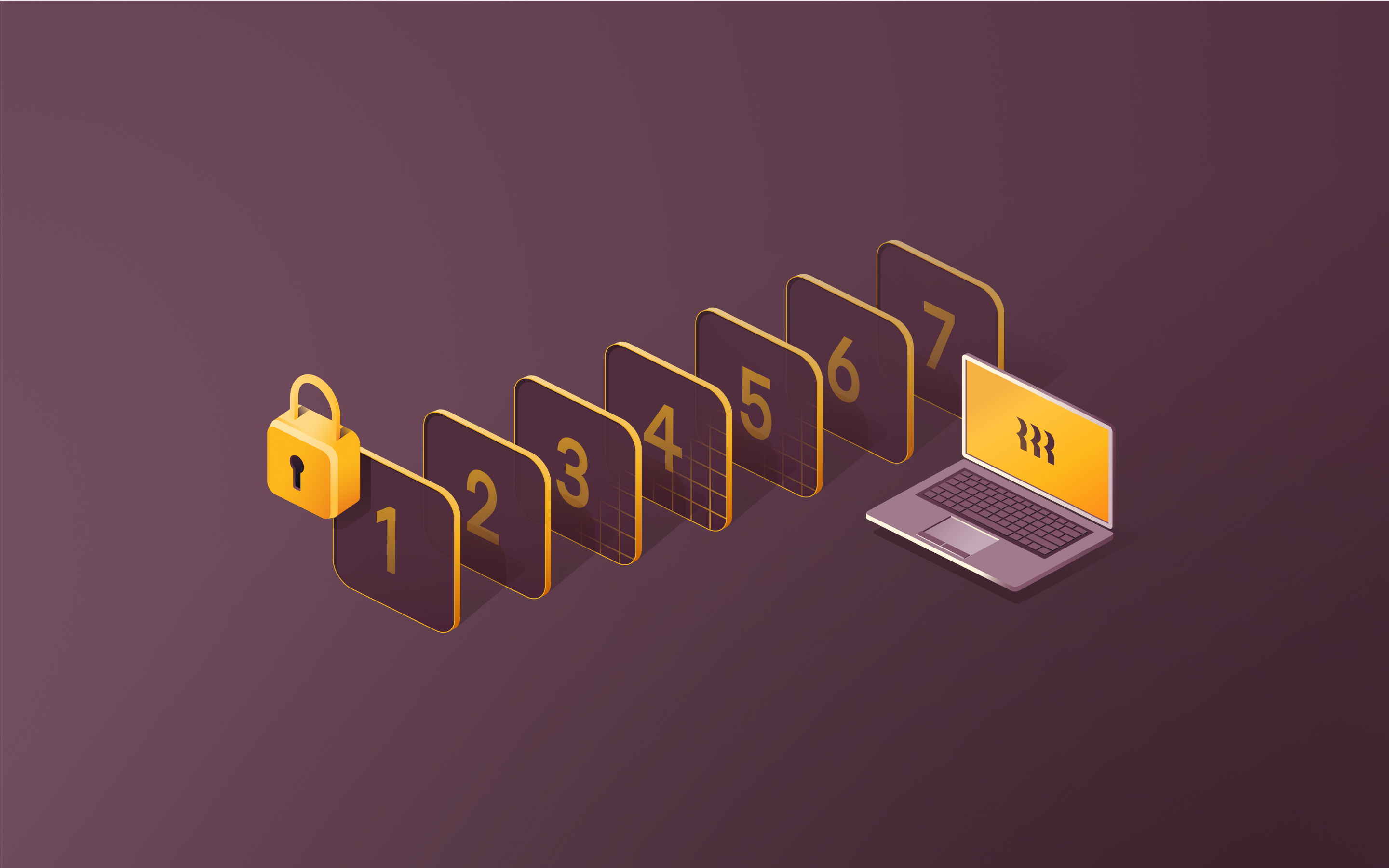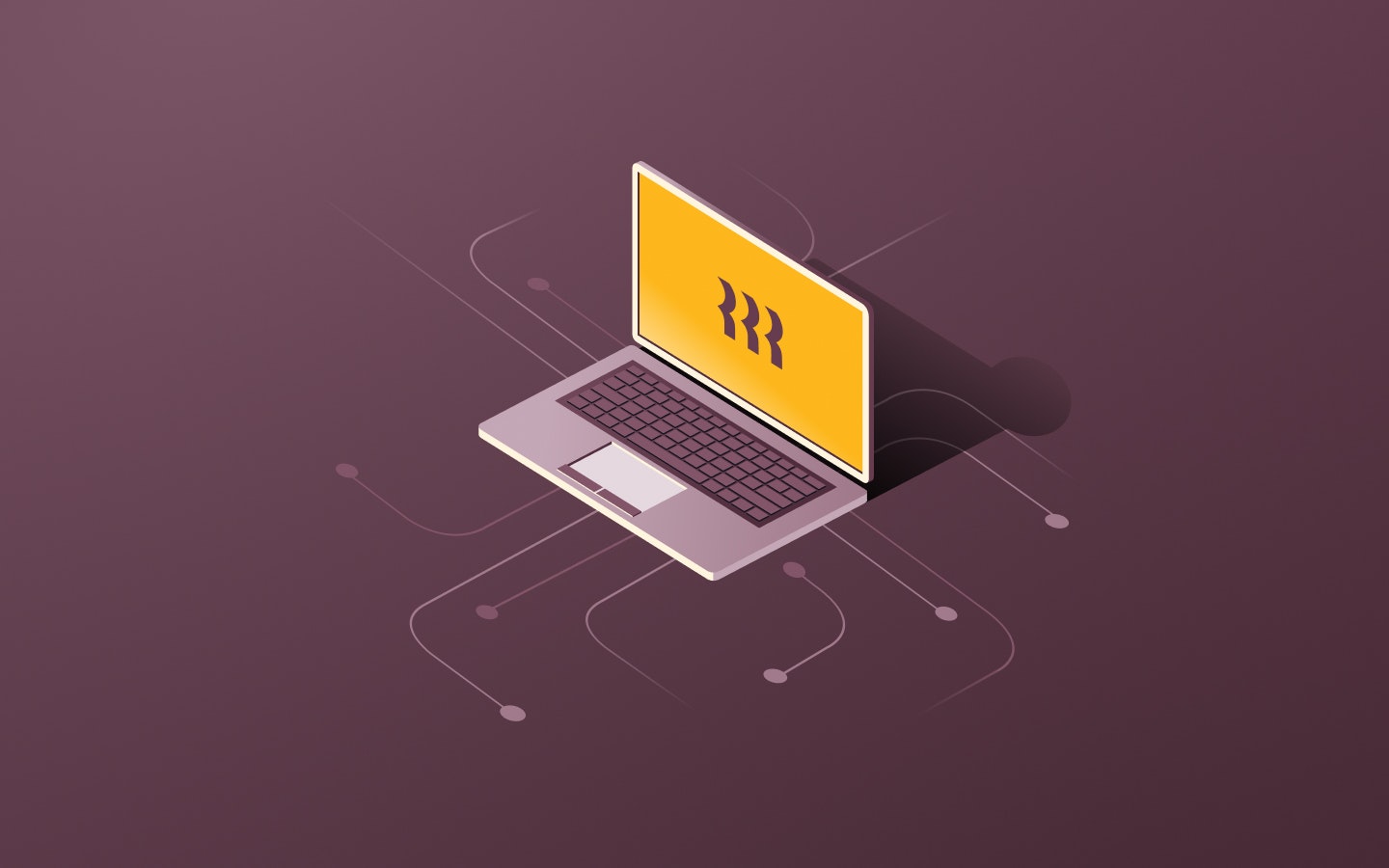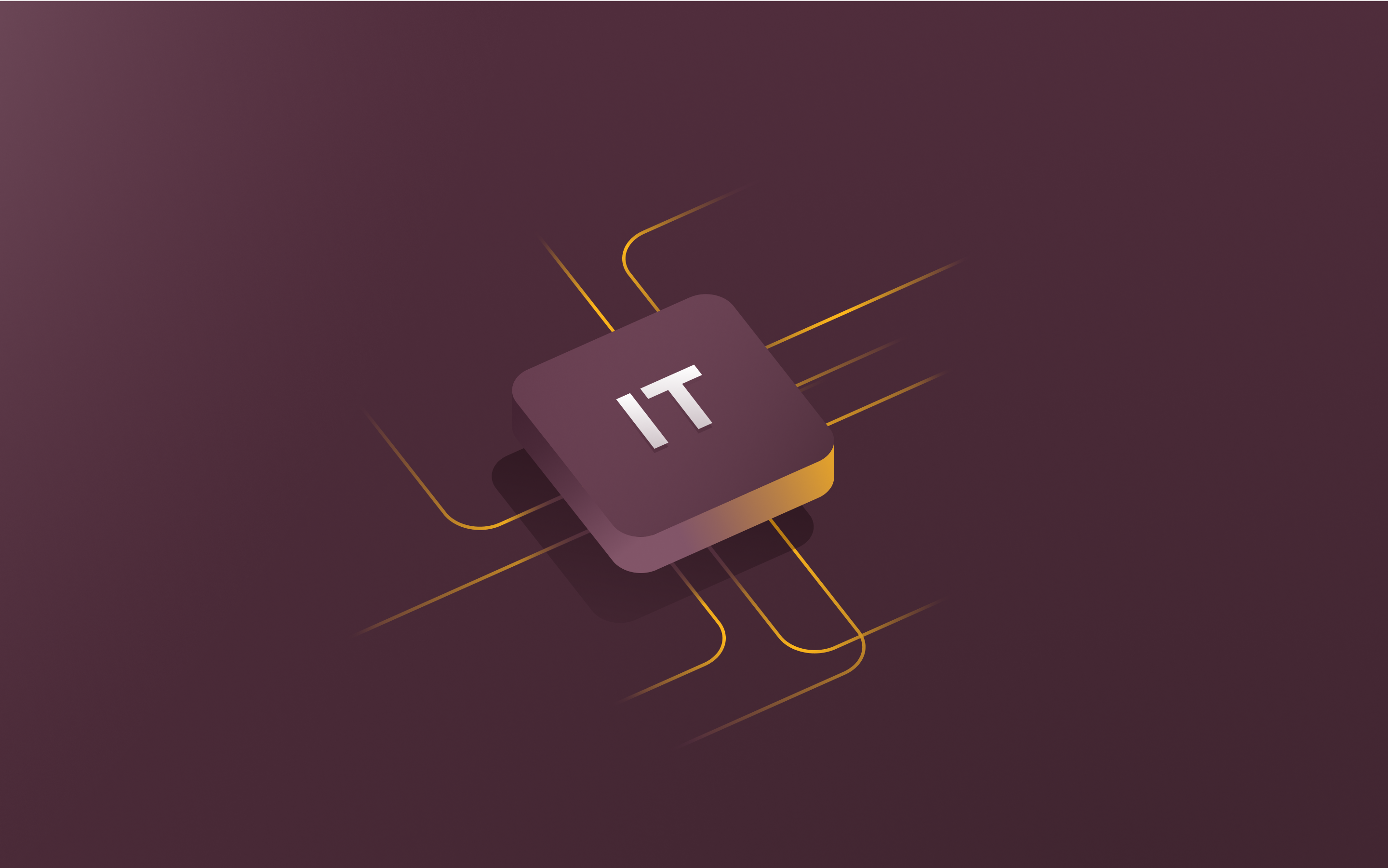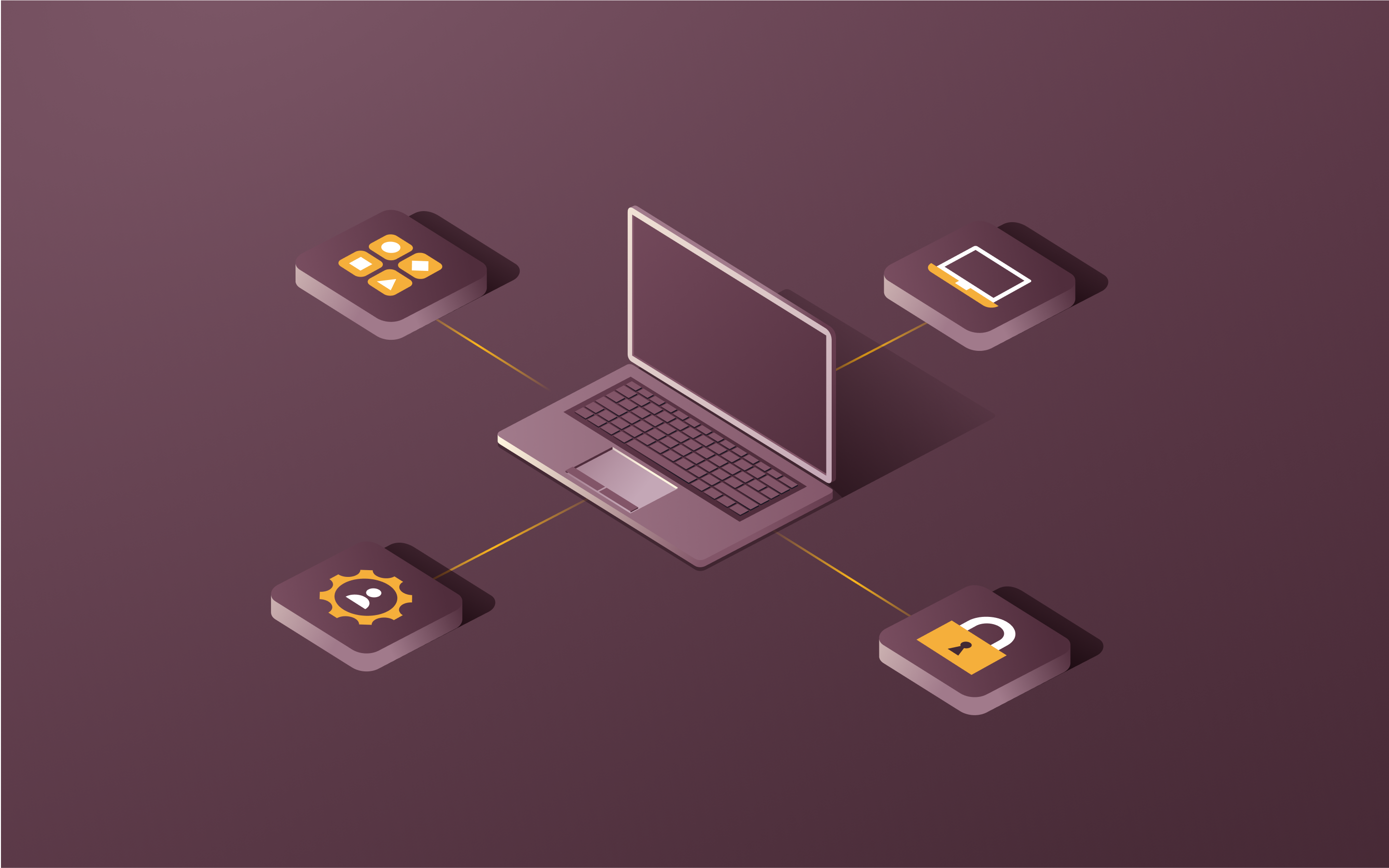How to protect your small business: Cybersecurity best practices
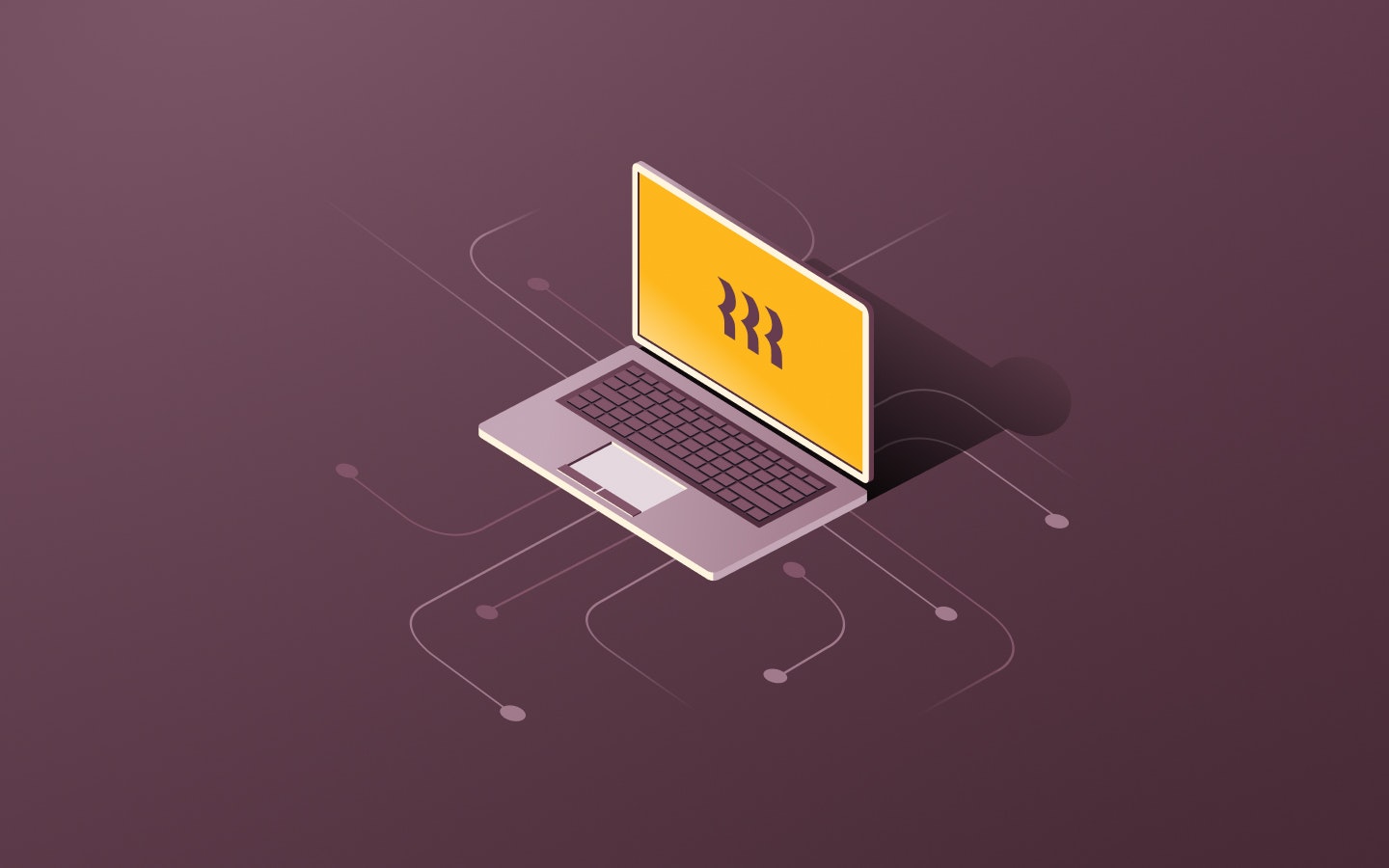
Key Takeaways
- Small businesses should prioritize cybersecurity, as cyberattacks lead to significant financial losses and reputational damage.
- Implementing essential cybersecurity practices, such as employee training, access controls, network and endpoint security, data backups, and incident response planning, can greatly lower the chances of a successful cyberattack.
- Developing and testing an incident response plan that clearly outlines roles, responsibilities, and communication protocols is needed for effectively handling a cybersecurity incident.
As a small business owner, you wear many hats—from managing finances to overseeing operations to handling customer service. With so much on your plate, it can be easy to overlook or dismiss the critical importance of cybersecurity, which should still be a top priority.
Cybersecurity threats are becoming more sophisticated and frequent, with hackers targeting not only enterprise organizations but also small and medium-sized businesses. According to this report, 82% of all ransomware attacks target SMB organizations. In 2023, the average cost of a data breach for small businesses with fewer than 500 employees was a staggering $3.31 million, a 13.4% increase from the previous year. This shows how devastating a cybercrime can be.
Beyond the direct financial costs of responding to the incident and the potential loss of sensitive data such as consumers’ credit card information, there's also the damage to reputation and customer trust. In some cases, the blow is so severe that the business can’t recover.
But here's the good news: By implementing a comprehensive small business cybersecurity strategy and following effective best practices, you can significantly reduce your risk of falling victim to an attack. It's not about achieving perfect security, instead, it's about being proactive, diligent, and strategic in your approach to protecting your business.
In this piece, we'll walk you through the key steps you can take to secure your small business against cyber attacks. From educating your employees to securing your network to developing an incident response plan, we'll cover all the bases. Read on to learn more.
Top 7 cybersecurity practices for small businesses
Ensuring the security of your small business doesn't have to be overwhelming. Here are seven essential cybersecurity tips and best practices you can employ to safeguard your company's valuable assets.
1. Assess your current cybersecurity posture
You can't protect your business if you don't know where you currently stand. Conducting a thorough assessment of your cybersecurity practices, policies and vulnerabilities is an important first step.
Some key questions to consider:
- What data and systems are critical to your business operations?
- Who has access to sensitive data and systems, and do they truly need that access?
- How are you currently protecting devices or endpoints?
- Is your network properly segmented and secured?
- When was the last time you tested your incident response plan?
- Are you meeting relevant compliance requirements?
Conducting a risk assessment can be an illuminating experience, shedding light on gaps and areas for improvement you may not have been aware of. It provides a roadmap for prioritizing your security efforts moving forward.
2. Educate and train your employees
You could have the most advanced security tools in the world, but if your employees aren't practicing safe computing habits, your business is still at risk. That's why comprehensive security awareness training is a critical component of any effective cybersecurity program.
Your training program should cover topics like:
- How to create strong passwords and safely store them using a password manager
- How to identify phishing scams and social engineering attacks
- Best practices for safe web browsing and avoiding malicious sites
- How to handle sensitive data and avoid accidental disclosure
- What to do if a security incident is suspected
Pro tip: Make the training engaging, interactive, and ongoing, using real-world examples, hands-on exercises, and gamification to reinforce the lessons.
Regularly test the effectiveness of your training with phishing simulations to identify areas for improvement. Security education should be a continuous effort to keep best practices top of mind.
3. Establish robust access controls
One of the most effective ways to reduce cyber risk is to tightly control who has access to your company's sensitive data and systems. Adopting the principle of least privilege, where you only grant users the minimum level of access needed to perform their job duties, can greatly limit the potential damage of a breach.
Start by conducting a thorough audit of your current access controls. It's important to verify that permissions are appropriately restricted and that employees only have access to the systems and data necessary for their current roles. This audit can also help identify if any external contractors still retain access after their engagements have ended.
Once you've identified any unnecessary accounts or overly broad permissions, it's time to start tightening things up. Here are some actions to consider:
- Use role-based access control (RBAC) to assign permissions based on job functions rather than individual users. This makes it easier to ensure consistency and quickly adjust access as roles change.
- Implement single sign-on (SSO) to centrally manage access to cloud applications. With SSO, users only need to authenticate once to access all their apps, and admins can easily add or remove access as needed.
- Require multi-factor authentication (MFA) for all sensitive systems. By requiring an additional factor beyond a password, like a code from a mobile app, fingerprint scan, or a hardware token, you can greatly reduce the risk of unauthorized access.
- Regularly review and adjust permissions, especially when employees change roles or leave the company. Implement a formal offboarding process to ensure all access is promptly revoked.
- Monitor for suspicious login activity, like attempts from unusual locations or outside of normal business hours. Catching potential breaches early can help minimize damage.
4. Strengthen your network security
Your company's network is the backbone of your operations and a prime target for cybercriminals. Employing multiple layers of security is essential for protecting this critical asset. Let’s break down each layer involved:
- You can start with the basics—a firewall and antivirus protection. A firewall monitors incoming and outgoing network traffic and blocks cyber threats, while antivirus software detects and removes malware.
- Next, segment your network into distinct subnetworks to limit the impact of a potential breach. This involves splitting your network into smaller, isolated sections for different purposes, like ensuring employees use a secure, internal Wi-Fi network for work-related activities, while providing a separate guest Wi-Fi for visitors. If an attacker gains access to one segment, proper network segmentation can keep them from moving laterally and causing more widespread damage.
- Your wireless network requires special attention, as Wi-Fi is a common target for attackers. Make sure you're using the strongest encryption protocol available (currently WPA3), and consider hiding your network name (SSID) to make it less visible to potential intruders. It's also a good idea to use a separate guest network for visitors to keep them isolated from your internal resources. Configuring your router properly is crucial for maintaining the security of your wireless network.
- For employees working remotely, a virtual private network (VPN) is a must. A VPN creates an encrypted tunnel for data to travel between a device and your network, protecting sensitive information from interception. Make sure your VPN uses strong encryption and authentication protocols, and consider implementing MFA for an extra layer of security.
5. Secure your endpoints
With more employees working on multiple endpoints (laptops, tablets, mobile phones, IoT devices), it's important to secure these endpoints against malware and other threats.
Endpoint protection solutions to consider include:
- Antivirus and anti-malware software. They scan files, emails, and applications for known malware signatures, isolate infected files, and prevent malicious software from executing on endpoints.
- Endpoint detection and response (EDR) tools that monitor for suspicious activity. EDR platforms continuously monitor endpoints for suspicious activities, providing real-time visibility and enabling quick response to potential threats.
- Mobile device management (MDM) software for enforcing security policies. An MDM solution allows you to centrally configure, monitor, and secure mobile devices, ensuring they meet security standards.
- Unified endpoint management (UEM) platforms that secure and manage all devices. They provide a centralized solution to manage and secure all types of endpoints from a single console.
6. Back up your data regularly
Losing access to your business data can be devastating, whether it's due to a ransomware attack, hardware failure, or human error. Having a recent backup of your critical information ensures that you can recover quickly and minimize downtime.
To protect your data, set up an automatic backup system that regularly saves copies of your important files. This can be done using secure cloud storage services or by saving copies to an external hard drive that's not connected to your main network.
Pro tip: It's crucial to test your backups periodically to make sure they're working as intended. There's nothing worse than thinking you have a backup, only to find out it's corrupted or incomplete when you need it most.
A good rule of thumb is to follow the 3-2-1 principle: keep three copies of your data, stored on two different types of media, with one copy kept offsite. This approach reduces the risk of losing everything if one backup fails or is destroyed. For example, you could have one copy of your data on your main computer, another on an external hard drive, and a third stored in the cloud. This way, even if a disaster strikes your office, you'll still have access to your data through the cloud backup.
7. Develop an incident response plan
No matter how strong your defenses are, the unfortunate reality is that no organization is totally immune to cyber incidents. That's why having a well-drafted, regularly tested incident response plan is so critical.
Your plan should clearly outline roles and responsibilities for key stakeholders, both within IT and across other departments like legal, HR, and communications. Everyone should know exactly what they need to do and who they need to work with in the event of an incident.
Some key components to include:
- A clear definition of what constitutes an incident and how to report suspected issues
- Procedures for containing the incident and preserving evidence for investigation
- Communication protocols for notifying employees, customers, and relevant authorities
- Plans for system recovery and getting the business back up and running
- A post-incident review process to identify lessons learned and areas for improvement
It's also important to define metrics for success and regularly report on your incident response capabilities to senior leadership. This ensures that incident response remains a priority and that you have the resources and support you need to be effective.
Pro tip: Remember, an incident response plan is only useful if it actually works in practice. Be sure to regularly test your plan through tabletop exercises and simulated incidents. This will help identify any gaps or areas of confusion before a real crisis hits.
IT security checklist for small businesses
We've discussed key cybersecurity best practices for small businesses, but having a detailed checklist can help ensure you don't overlook any critical steps.
Here's a simple checklist to guide your efforts:
- Conduct a thorough risk assessment to identify vulnerabilities and prioritize areas for improvement.
- Educate employees on cybersecurity basics like strong passwords, phishing awareness, and safe browsing habits. Make training an ongoing process.
- Establish strong access controls using the principle of least privilege. Regularly review and adjust permissions.
- Enable multi-factor authentication (MFA) for all sensitive systems and accounts.
- Keep all software and operating systems up-to-date with the latest security patches.
- Use a firewall and antivirus protection to secure your network. Consider advanced tools like EDR and EPP for your endpoints.
- Segment your network to limit the impact of a potential breach. Pay special attention to securing your wireless network.
- Encrypt sensitive data, both at rest and in transit. Use a VPN for secure remote access.
- Set up strong password policies and consider using a password manager.
- Regularly back up your data and test your backups to ensure they're usable.
- Develop and test an incident response plan so you're prepared to act quickly if a breach occurs.
- Consider working with a reputable managed security service provider to augment your in-house capabilities.
- Stay informed about the latest threats and best practices. Cybersecurity is an ever-evolving field.
Self-assessment: How secure is your small business?
Knowing where your business stands from a cybersecurity perspective is the first step to improving your security posture. Take this quick quiz to assess your current practices and identify areas for improvement.
Rippling offers a comprehensive and intuitive platform for small businesses to handle all of their cybersecurity needs. From enabling SSO and MFA to managing employee devices and permissions to automating security monitoring and alerts, Rippling makes it easy to implement cybersecurity best practices across your entire business.
Frequently asked questions
How to choose a cybersecurity provider for your small business?
When selecting a cybersecurity provider for your business, look for providers with a strong reputation for protecting companies in your sector. Ensure they adhere to compliance standards like ISO27001, GDPR, and SOC2 and that they provide a wide range of services that can scale with your changing requirements. Rather than solely focusing on cost, choose a provider who invests time in understanding your specific security challenges and develops a tailored plan to safeguard your critical assets, while offering clear SLAs that guarantee a high level of service and support.
How to do a cybersecurity audit of a small business?
You can begin by thoroughly examining your current IT systems, network architecture, and security measures. This allows you to map out potential vulnerabilities and identify any gaps in your defenses. Next, leverage in-house expertise or engage a trusted cybersecurity professional to perform in-depth penetration testing, simulating real-world attacks to stress-test your security from both inside and outside your network. Finally, use the audit results to prioritize the most critical risks and develop a clear action plan to strengthen your overall security posture.
Does a small business need mobile device security in the workplace?
Yes, they do. Mobile devices can be a significant security risk for small businesses, as they often contain sensitive data and can be easily lost or stolen. Implementing mobile device security measures, such as requiring strong passwords, enabling remote wiping, and restricting access to certain apps and data, can help protect your business from potential breaches and data loss.
Schedule a demo with Rippling IT today
Disclaimer: Rippling and its affiliates do not provide tax, accounting, or legal advice. This material has been prepared for informational purposes only, and is not intended to provide or be relied on for tax, accounting, or legal advice. You should consult your own tax, accounting, and legal advisors before engaging in any related activities or transactions.



